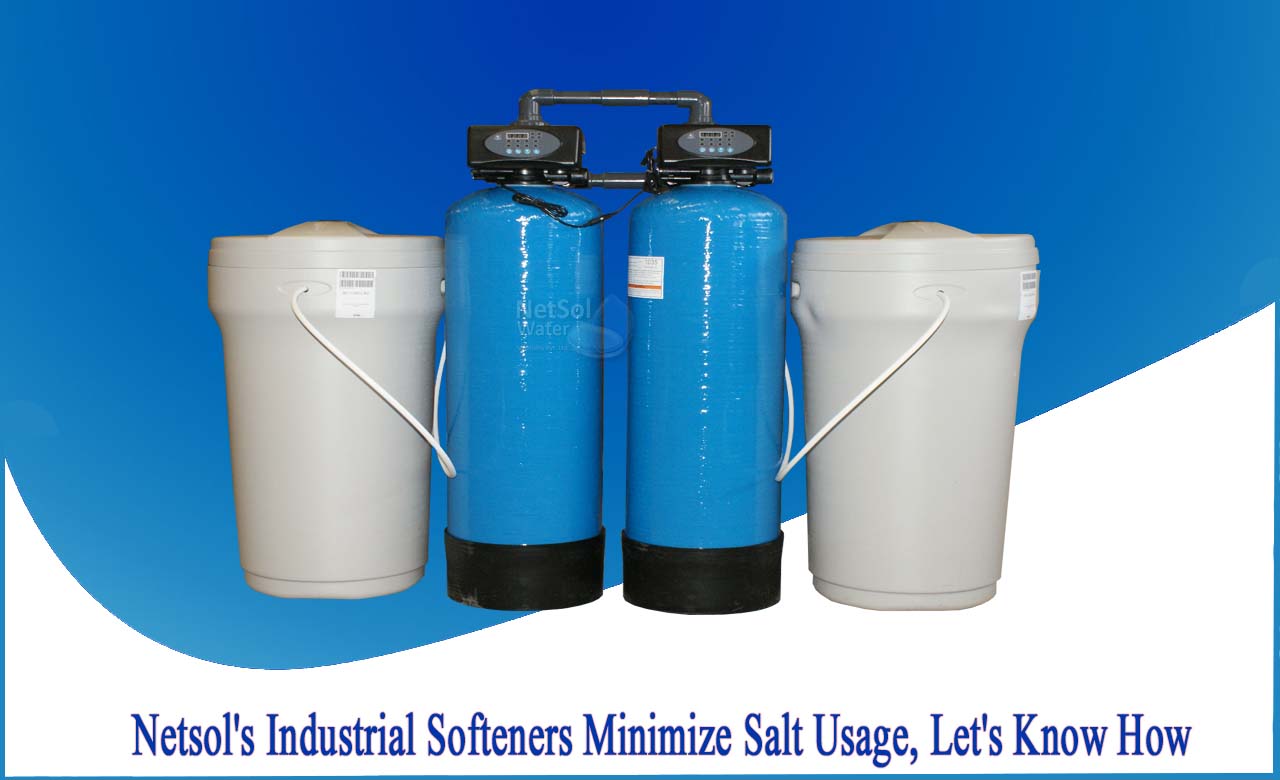Facts about Hard Water:
Rainwater is naturally soft as it falls, but as it travels through the earth and into streams, it gathers up minerals such as chalk, lime, calcium, and magnesium.
Hard water is defined as water that contains a significant number of certain dissolved minerals.Hard water has an unpleasant flavour and odour, and it can also be harmful to consume. Dingy clothes—whites turn yellow and colours fade; detergent deposits on fabrics; spots and streaks on dishes and glassware; hair that appears unclean and sticky to the touch; and itchy, dry skin are all side effects of hard water.In the shower, sink, dishwasher, or washing machine, hard water diminishes soap's capacity to lather, and it reacts with soap to generate a sticky scum.
Scale build-up on the insides of pipes, water heaters, dishwashers, washing machines, coffee makers, and other appliances reduces pipe flow and acts as a poor heat conductor.Hard water wears down household equipment, forcing them to work harder and consume more energy as a result of the scale build-up.
How do We use less Salt in Our Industrial Water Softener?
Water softener and the issues:
Softened water performs better, eliminates soap scum and pipe-clogging scale, saves money on energy bills, and may even quadruple the life of appliances, keeping them out of landfills for longer. If a property has a hard water problem, water softening using high-efficiency up flow systems uses less electricity, uses less salt, and saves homeowners thousands of rupees each year.
While you may be aware that a water softener can help with a number of hard water issues, many people are still curious about what happens within those tanks. Water softener salt is one of the most frequently misunderstood topics among homeowners.
"How much of this salt ends up in my water?" you might worry every time you bring a hefty bag of softener salt into your home and refill the brine tank. Is the water I'm drinking, bathing with, and cooking with salty?"
Water softeners, in fact, do not add any salt to the water. The salt is broken down in the water softening process so that the sodium can be used. There is a distinction to be made. To clarify, salt, commonly known as sodium chloride (NaCl), is a substance that contains sodium (Na). Sodium is an element, while salt is a chemical compound. Sodium can be found in a variety of foods and substances, including bread, pizza, cheese, and, of course, table salt.
A Glimpse at How Netsol’s Water Softeners Work:
Hard water is caused by the dissolved minerals calcium and magnesium. Water must go through an ion exchange procedure in order to get rid of those minerals. This exchange takes place in the cylinder tank, which is filled with media such as resin. The media within captures calcium and magnesium ions and removes them from the water before it flows to the rest of your house.
How much salt is then in your soft water?
The amount of sodium in softened water is determined by the initial hardness of the water. The ion exchange procedure is exactly that: a procedure for exchanging ions. The more salt needed to eliminate the calcium and magnesium, the harder the water is. Even in exceptionally hard water, however, overall sodium is very low. Because it's so little, softened water is classified as "extremely low sodium" by the Food and Drug Administration. This means that most healthy persons should have little or no influence on sodium levels. The media is negatively charged, while the hardness of your water is positively charged.
When people see a water softener and see that large tank of salt, they assume that water is always running through it and absorbing the salt, drinking a full gallon of softened water with an initial hardness of 20 grains per gallon (gpg) is about the same amount of sodium as eating four slices of white bread.




